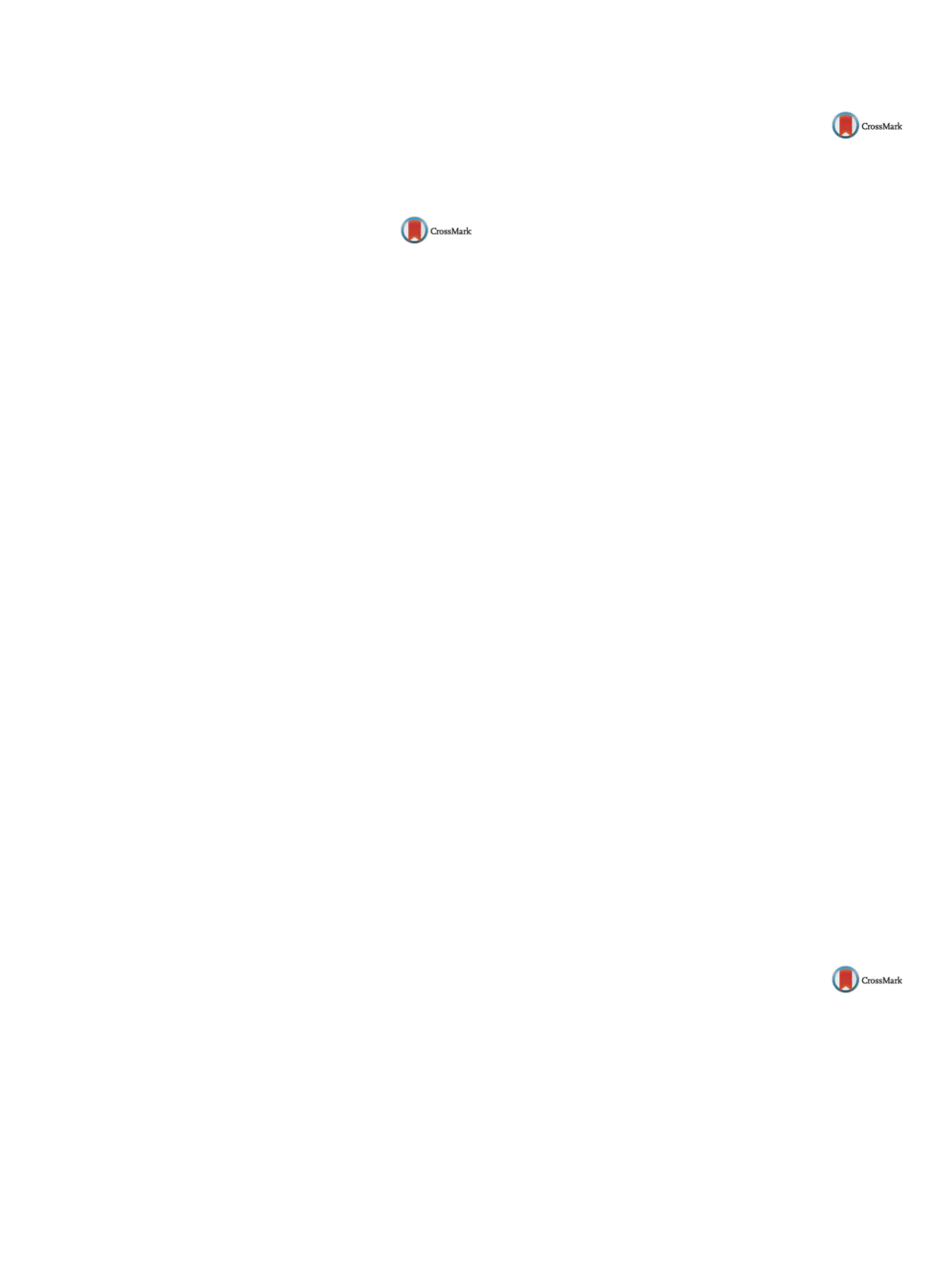

25th European Congress of Psychiatry / European Psychiatry 41S (2017) S645–S709
S705
important in maintaining healthy habits and lifestyle in line with
what is taught in a nursing degree.
Disclosure of interest
The authors have not supplied their decla-
ration of competing interest.
http://dx.doi.org/10.1016/j.eurpsy.2017.01.1253EV0924
Integrated identification of new
substantional gadget addiction: With
selfie-mania phenomenon model
I. Sosin
1 ,∗
, Y . Chuev
2 , O.Goncharova
21
Kharkov medical academy of postgraduate education, Narcology,
Kharkov, Ukraine
2
Kharkiv Medical Academy of Postgraduate Education, Narcology,
Kharkiv, Ukraine
∗
Corresponding author.
Introduction
Modern selfie-infatuation extent went far beyond
fashion and subculture causing distinct tendency to non-chemical
addiction state transformation requiring evidential scientific iden-
tification.
Aims and objectives
To develop clinical-psychological and clas-
sification basis for new type of gadget addiction (selfie-mania),
prevention and approaches tomental correction and rehabilitation.
Method
Selfie attitude testing of 157 respondents-students, and
internet resources topical data analysis were done.
Results
Behaviour models were rubricated, design and con-
tent, causes, clinical-psychological description, selfie-phenomenon
prevalence were clarified. It allows to state selfie-addiction spe-
cific key symptoms, conforming to ICD-10 diagnostic criteria for
addiction states:
– psychological and emotional supercomfort feeling during real-
izing selfie-interventions (substantional analogue of euphoria
phenomenon caused by psychoactive substances in narcology);
– desire for permanent updating and layouting in social networks
selfie-portraits, selfie-positions (impulse control disorder ana-
logue);
– selfie-modifying need causing adrenaline extreme and life threat
(analogues: compulsive craving, megadoses, overdosages, amne-
sias);
– obsessive craving to increase daily number of selfie-shots (toler-
ance syndrome analogue);
– constant foreshortening change of selfie-interventions (analogue:
experimentationwith different psychoactive substances, searching
behaviour);
– selfie-destruction psychopathological consequences (neurotism,
mental and behavioural disorders, group pattern of behavioural
selfie-deviations);
– formation of associated comorbid chemical and other substan-
tional addiction forms;
– selfie-deprivation syndrome (analogue: alcohol or drug with-
drawal syndrome);
– interdisciplinary range of problems (professional sphere of study
for sociologists, psychologists, neurologists, psychiatrists, narcolo-
gists, psychotherapists, sexopathologists, lawyers).
Conclusions
Selfie-addiction problem recognition is necessary on
the level of inclusion to ICD, that will allow to develop scientific,
legal and clinical base for integrated prevention, rehabilitation and
treatment.
Disclosure of interest
The authors have not supplied their decla-
ration of competing interest.
http://dx.doi.org/10.1016/j.eurpsy.2017.01.1254EV0925
Selfie as a method of perception of the
virtual environment
M. Sulaimanova
1, R. Sulaimanov
2 ,∗
1
Kyrgyz-Slavic University, Medical Psychology- Psychiatry- and
Psychotherapy, Bishkek, Kyrgyz Republic
2
Osnabrück University, Institute of Cognitive Science, Osnabrück,
Germany
∗
Corresponding author.
Nowadays selfie is one of the significant communication methods
in the conditions of the developing internet space.
Goal
The study of psychological mechanisms motivating percep-
tion of internet space via selfie.
Objectives
The identification of:
– The personal-social necessity in selfie, as a method of the virtual
world perception;
– The factors of personal-social necessity of the virtual communi-
cation via selfie;
– The personal features, which contribute to self-presentation in
virtual space via selfie.
Research methods
One hundred and thirty-four respon-
dents aging between16–28 (1
st
group: 68 respondents fond of
selfie(50.8%), 2
nd
group: 66 respondents not fond of selfie(49.2%))
were studied using standardized scales of anxiety (Spilberger-
Hanin), depression (Zung), ego-defense mechanisms(EGMs)-
(Plutchik-Kellerman-Konte), and life quality(WHO, 1991).
Results
Desire of high evaluation dominates in 47.8% of respon-
dents(r = 0.3;
P <
0.01). Fifty point seven percent of the 1
st
group
and13.4% in 2
nd
group have heightened anxiety (
r
= 0.3;
P <
0.01).
Forty-three point two percent in1
st
group and 23.9% in 2
nd
group
don’t have depression.
Subdepressive level dominates in 19,4% of 2
nd
group(
r
= 0.36;
P <
0.01), against 11.9% of 1
st
group.
In 1
st
group dominate: denial (17.9%), projection (16.4%), regression
(7.5%); in 2
nd
group: denial(17.9%), intellectualization(13.4%), pro-
jection(7.5%)(
P <
0.05). Forty-four point eight percent in 1
st
group
and 40.3% in 2
nd
group have a high level of EGM stress (
P <
0.05).
Forty-six point eight percent in 1
st
group have high level of subjec-
tive life quality, 0% had low one; in 2
nd
group: 26.9% have high level,
13.4% low one.
Conclusions
Personal-social necessity of virtual space percep-
tion via selfie reflects the severity of narcissistic tendencies. Selfie
in conditions of illusory reality increases the subjective level of
life quality. Isolation of narcissistic personality from communi-
cation through selfie suggests subjective decrease of life quality.
Effects of the selfie should be considered in the development of
rational methods of use of internet-technologies and in the psycho-
correction of people with low life quality.
Disclosure of interest
The authors have not supplied their decla-
ration of competing interest.
http://dx.doi.org/10.1016/j.eurpsy.2017.01.1255EV0926
Cross-national trainee
collaboration-The EFPT research
experience in psychiatry
S. Tomori
1 ,∗
, T. Mogren
2, M. Asztalos
3, G. Sampognia
4,
M. Borovcanin
5, G. Erzin
6, J. Veiera
7, R. Tipa
8, A. Gurcan
9,
S. Naughton
10, E.F.O.P.T. EFP
T 111
University Hospital Center “Mother Teresa”, Pediatric Service,
Tirana, Albania
2
Allmänpsykiatriska kliniken Falun/Säter, Allmänpsykiatriska
kliniken Falun/Säter, Säter, Sweden
3
Aalborg University Hospital, Psychiatry, Aalborg, Denmark
4
University of Naples SUN, Department of Psychiatry, Naple, Italy


















